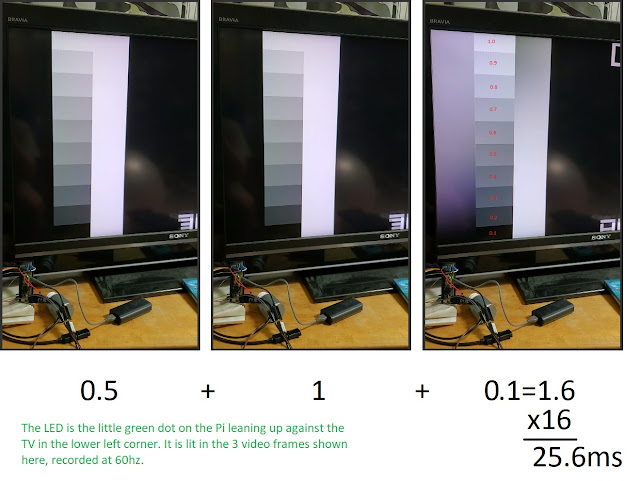Adventures of the quarantined repairman: the kitchen scale fix (WH-B05)
 |
| New button, old plastic |
Same appearance, same model number, but different behavior: significant lag between changing the weight and changing the display. I'm guessing they decided that the occasional noise on the least significant digit was too annoying. It was "better" to use a noise rejection algorithm that prevents the display update until the new measurement has been significantly different from the old one for several seconds. Unfortunately this means that using the scale to measure something like flour or water (yes, I'm making bread) is an exercise in frustration. When you finally get 300g of water poured into the beaker, you find out 2 seconds later that it's really 330g of water. Ugh.
So, time to fix the old scale. Simple, hopefully. I've got two "identical" scales, perhaps I can reuse the new button on the old scale? No luck. It's nothing like "identical" inside, though there are enough conserved design features that I suspect the new one was evolved from the old one.
Solution 2: add a new button. Problem is getting exactly the same button as the old one is required if it's going to fit and work. So I used a random button from some old junk, and attached it on the outside of the case, running wires to the critical point in the circuit that need to be shorted to turn it on.
Cue the pictures. I got a new button from an old car cassette player. The buttons were surface mounted, and at first I tried to desolder them. Ouch, 4 points of contact and no space under the button makes this very tricky. Solution: cut the switch off with some of the circuit board still attached. Gives me more surface to glue to.
Now I can solder two wires to the circuit board, and bend them under and hot glue the mess into a relatively monolithic blob on the side of the scale. Two holes in the scale allow for the wires to get inside. Then it was relatively simple to wire them to the pcboard: it had test points for gnd and p1 (the switch, apparently).
 |
| Source of my "new" button |




Comments